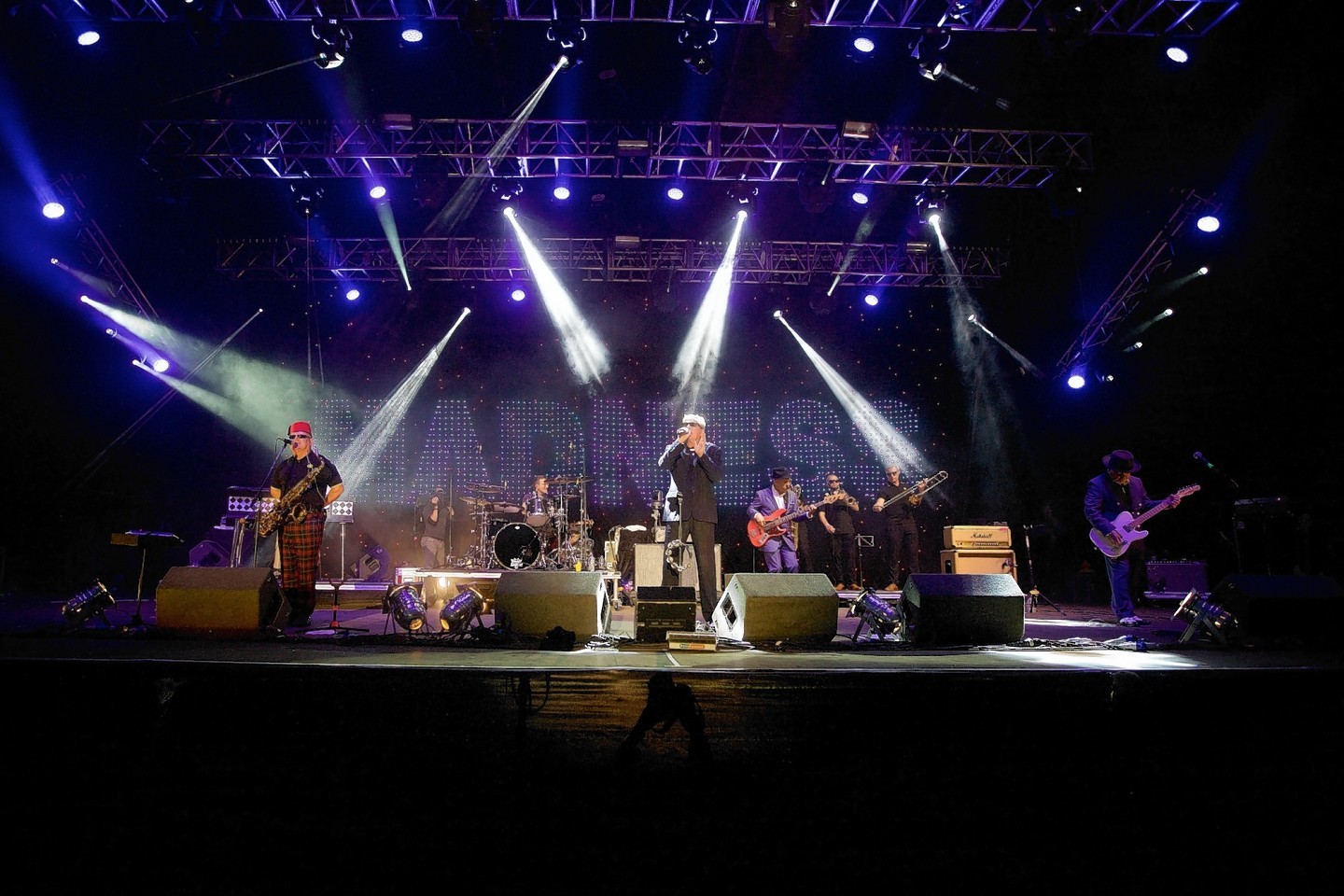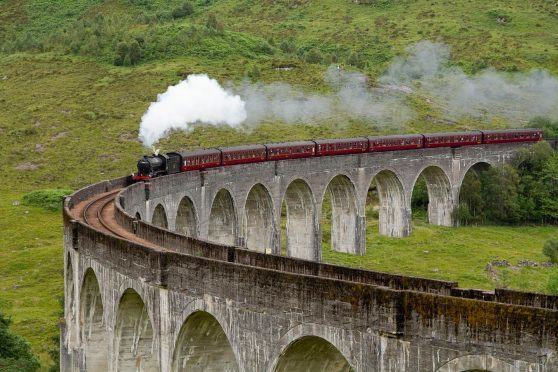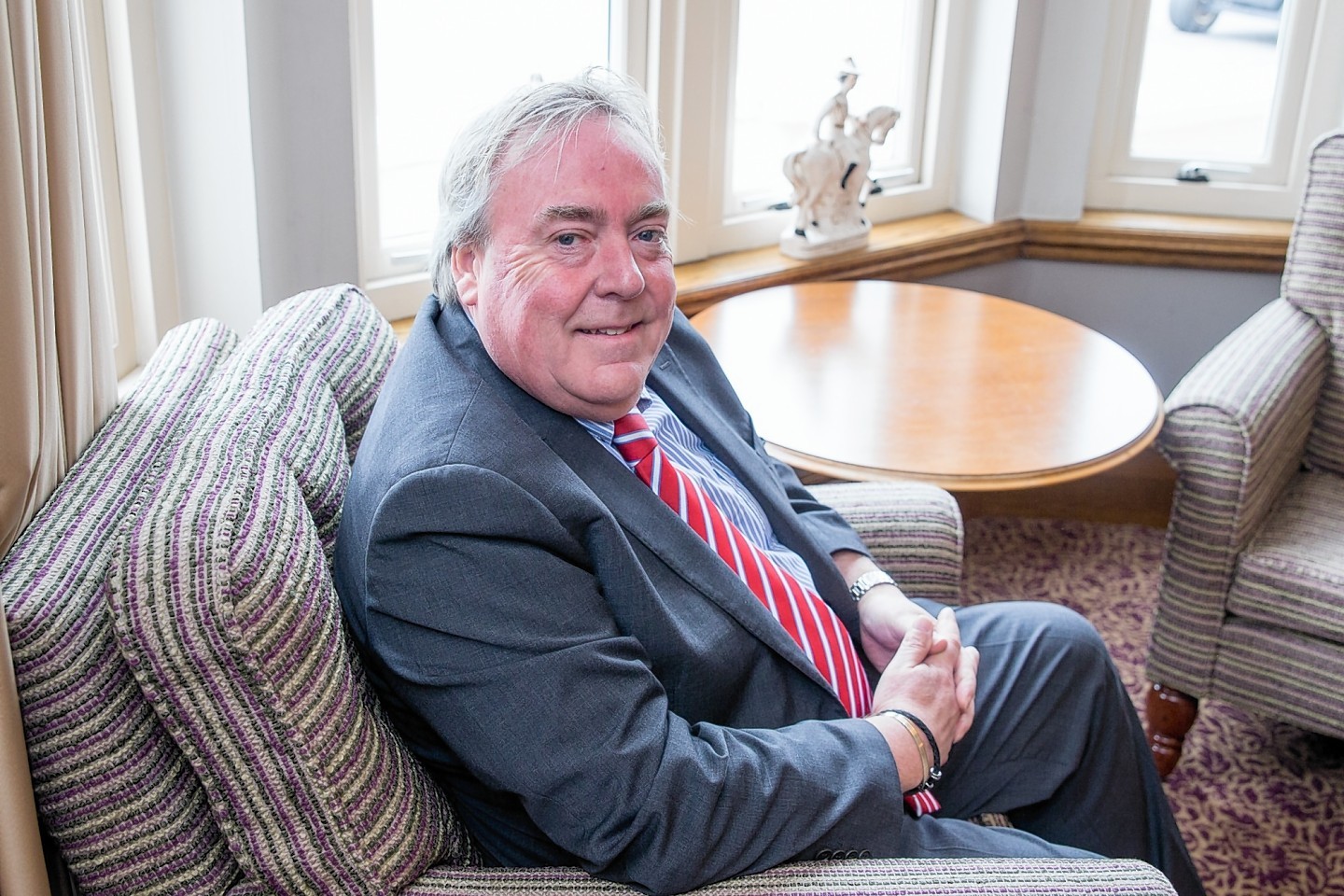The tourism industry in the north is in good shape to ride out the economic uncertainty of Brexit, according to Scotland’s tourism boss.
VisitScotland chief executive Malcolm Roughead highlighted other major events such as the outbreak of foot-and-mouth disease in 2001 and the grounding of much of the air traffic in western Europe due to a volcanic eruption in 2010 as examples of the resilience of the vital sector.
Mr Roughead was speaking in Inverness yesterday before meeting a number of local businesses concerned with the tourism industry.
He said the Highland industry is in a “good place” – but warned it could not afford to become complacent.
The latest figures available suggest that the tourism sector is worth more than £700million to the Highland economy – while a major new survey of visitors found the majority of visitors travel to the north for the scenery and landscape.
The agency is considering its plans for the tourism sector looking beyond 2020 – and while Mr Roughead said Brexit had caused a short-term boost for the Highlands, it was important that longer-term plans are put in place.
He said: “There’s a short-term gain at the moment from the currency fluctuations. The pound has depreciated against the dollar and euro, so that helps with people who have been swithering on whether to come or not.
“The real crux of the matter is you still need to have a long-term strategy.
“You can’t base the future of the industry on short-term fluctuations.”
He said there was a natural “grittiness” in the Highland market which allows it to adapt well to circumstances.
He added: “If you look at the history of tourism, it’s littered with major shocks.

“In my first year when I joined VisitScotland, we had foot-and-mouth so the thing that the world saw was carcases burning down in the Borders and then with all that, well, that can’t get much worse.
“Then 9/11 followed just a few months later and, since then, we’ve had the volcanic ash cloud, avian flu and terrorism.”
He added: “I think that’s one of the strengths of the industry here (in the Highlands) and across Scotland is that they recognise the challenges, spot the opportunities and they’ve risen to that.
“That’s why you see employment growing, which is at 11% up here in the Highlands and that’s a phenomenal growth.
“We’ve just come out of austerity and the whole banking crisis and yet we’re still growing.”
VisitScotland carried out an extensive survey of visitors to the Highlands over the summer season in 2015 and 2016. It found that 81% of people visiting the north undertook some form of sightseeing by car, coach or on foot, making it the most popular activity.
Other popular activities for visitors included visiting historic houses, stately homes or castles and taking short walks.
The majority of people used a hotel, B&B or guesthouse as their base, while satisfaction with value for money for accommodation and attractions scored well.
However, accessibility to wi-fi did not score so well.
The top overseas market for visitors to the Highlands is Germany, France, Spain, the US and Australia.
Mr Roughead said: “We are doing well. We’d like to do better. It is about continuous improvement and investment and there is a willingness to do that.
“There is a buoyancy to the area which is great. It’s always easier to build on optimism than pessimism.”
He added: “We have a great base. What we’re looking at now is beyond 2020, so it’s really about trying to set ourselves up for the next decade.
“The one thing I always try to impress on people is that once you’ve got momentum, it’s about keeping that going.”
The meeting in Inverness was organised by the Federation of Small Businesses, with the organisation’s Highlands and islands development manager David Richardson describing it as “very productive” afterwards.











